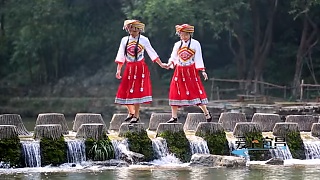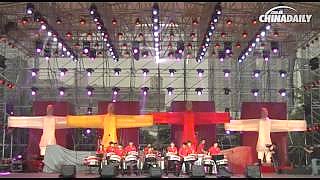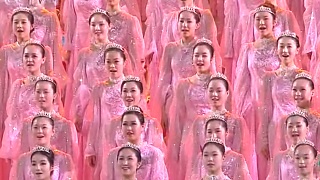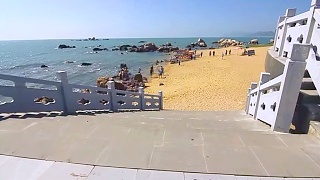With CGTN ...
[640],shadow=true,start=,stop=Related Videos
Featured Videos

|
Includes the Three Gorges Dam.
|

|

|
Unconditional love, trauma, flow (being in the moment), the ego, and more ...
|

|
With Mark Wiens ...
|

|
Provincial capital of SiChuan.
Lacquer artist ...
ChengDu TianFu airport ...
3 a.m. ...
|

|
With Zina ...
|

|
The US doesn't have allies - it has slaves; and all - slaves or 'others' - must be crushed for its supremacy.
Bonus film - with Danny HaiPhong, Carl Zha and Garland Nixon ...
|
 China’s cultural revival – don’t miss it
China’s cultural revival – don’t miss it













